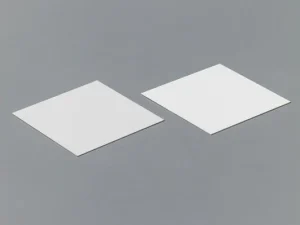
Alumina Substrate PCB Boosts Electronic Performance
Overview and Definition of Alumina Substrate PCBs In the electronics manufacturing industry, with the continuous increase in device power density and increasingly stringent heat dissipation requirements, traditional epoxy resin fiberglass
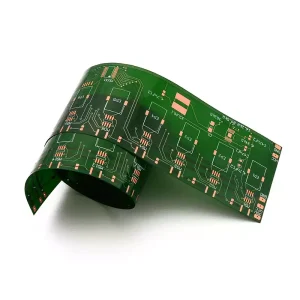
Flexible Printed Circuit Board Surface Mount Technology
The surface mount technology (SMT) process for flexible printed circuit board (FPC) differs significantly from conventional rigid PCB SMT solutions. The key to successful FPC SMT lies in precise positioning.
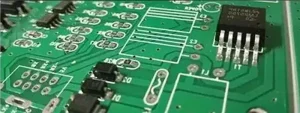
Causes and Removal Methods for White Residue on PCB Board
The white residue on PCB surfaces primarily originates from substances such as polymerised rosin, unreacted activators, and lead chloride or bromides formed by the reaction between flux and solder. Upon
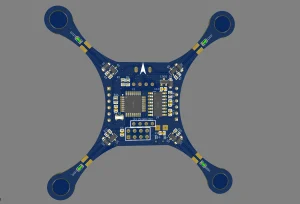
Drone PCB drives intelligent flight innovation
The Foundation of the Integration of Drones PCB Systems As highly integrated intelligent flight platforms, drone pcb have evolved from their original military reconnaissance tools to comprehensive systems widely used
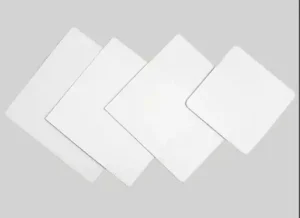
Advantages and Applications of Ceramic PCB
Ceramic pcb, also known as ceramic printed circuit board, is circuit board manufactured using ceramic materials. Compared to conventional fibreglass-reinforced plastic (FR-4) substrates, ceramic PCBs utilise ceramic substrates, offering significant
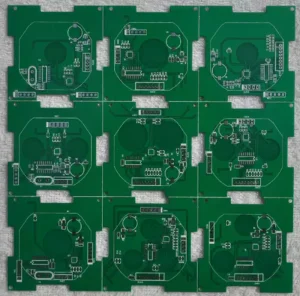
The Key Role and Technology of Chip Packaging
What is chip packaging? Chip packaging involves securing a bare die onto a specific substrate through a series of intricate processes, such as dicing, cleaning, bonding, wire bonding or flip-chip
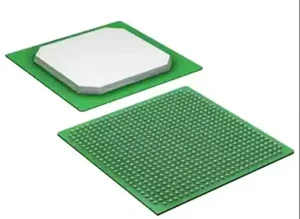
The Core Function of Integrated Circuits
Integrated Circuits (ICs) are semiconductor microdevices originating in the 1950s. Through precision manufacturing processes such as oxidation, photolithography, diffusion, epitaxy, and aluminium deposition, semiconductor elements, resistors, capacitors, and interconnecting conductors
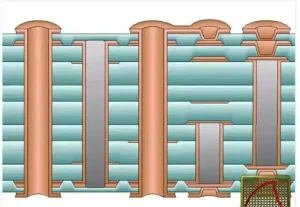
Key Considerations in PCB Lamination Processes
The PCB lamination process primarily involves stacking multiple layers of copper foil and dielectric materials (typically FR4, polyimide, or other composites) in a specific sequence. Under high temperature and pressure
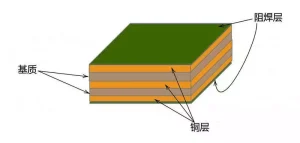
What is a PCB solder mask?
The solder mask is an indispensable component in the manufacture of printed circuit boards, serving primarily to shield metallic components on the board from environmental corrosion, particularly oxidation, while effectively
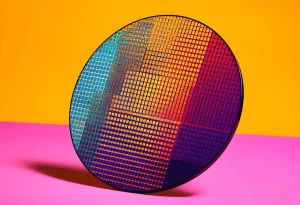
Application of high-performance semiconductor substrates in modern electronics
Understanding Semiconductor Substrates In the semiconductor industry, semiconductor substrates play a crucial and fundamental role. Whether it’s microprocessors, memory, power devices, or RF modules, substrates are the physical support platform
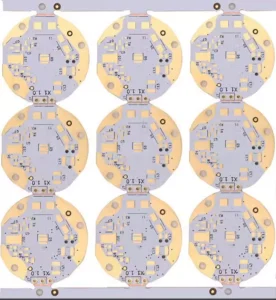
Production Process for Multilayer Aluminium Substrates
As a core material for high-reliability electronic components, the production process of multilayer aluminium substrates integrates precision machining with materials science, with each step directly impacting the product’s electrical performance
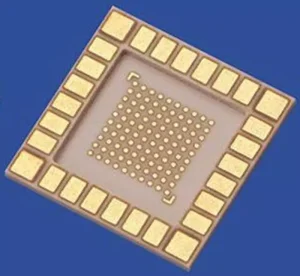
LTCC technology propels the advancement of electronic packaging
Low Temperature Co-fired Ceramic (LTCC), as an advanced electronic packaging technology, employs a thick-film material system to co-fire electrode materials, substrates, and electronic components in a single process through a
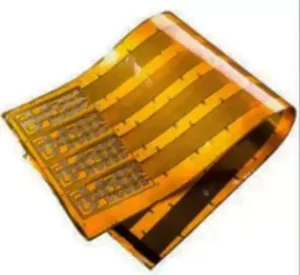
Flexible PCB Design and Manufacturing Analysis
As electronic products accelerate towards lighter, slimmer, smaller and higher-density designs, traditional rigid PCBs struggle to meet specific structural and performance demands. Flexible PCB (FPC), however, shine across numerous sectors
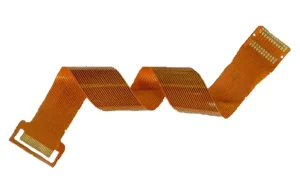
The Complete Process of FPC SMT Production
Flexible printed circuits (FPC), owing to their pliable nature, have found exceptionally widespread application within the electronics sector, proving particularly well-suited to scenarios where space is at a premium. As
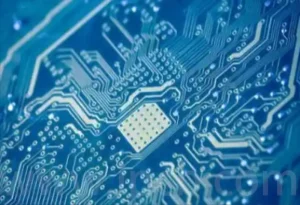
Technical Standards for the Entire Process of Electronic Manufacturing
The precision and reliability of electronic manufacturing hinge upon a comprehensive technical standards framework. From electrostatic discharge protection to soldering techniques, and from cleaning methodologies to material testing, international standards
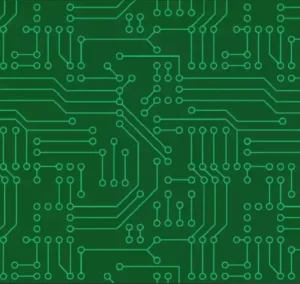
Why are circuit boards coloured?
As an indispensable component in electronic products, circuit boards undertake the vital tasks of electrical transmission and connection. The colours we observe on pcb boards are actually the hues presented
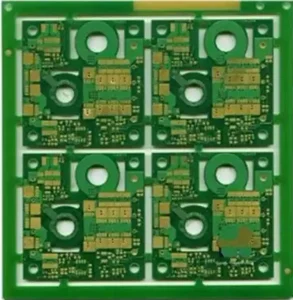
High Frequency and High Speed pcb board Characteristics
High-speed pcb board circuits typically refer to digital circuits operating at very high speeds, which is related to the clock pulse frequency required by digital circuits. These pulses are rectangular
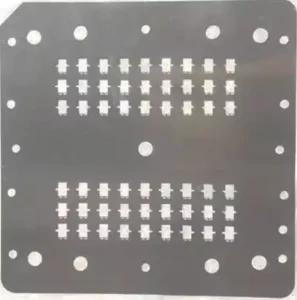
The Role of Metal Masks in Transparent PCB Manufacturing
Transparent PCBs are circuit boards manufactured using transparent substrates (such as glass, polyimide or plastic) and transparent conductive materials (such as ITO or silver nanowires), combining electrical conductivity with light
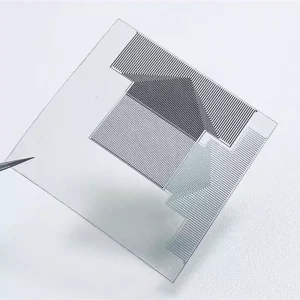
Differences Between Transparent FPC and Standard FPC
In today’s era of increasingly miniaturised and multifunctional electronic devices, flexible printed circuits (FPC) have become vital bridges connecting critical internal components. However, as technological aesthetics and application scenarios continue
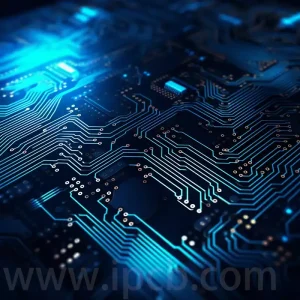
High Frequency PCB Design Challenges and Optimisation
With the advancement of modern electronic technology, the trend towards high-frequency signal transmission and high-speed digitalisation has become mainstream, making high frequency PCB design a crucial field of research. High
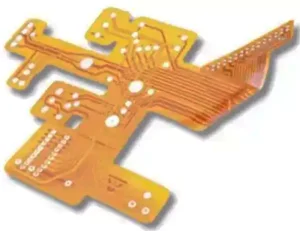
Types and Applications of Flexible Circuit Boards
Flexible printed circuits (FPC), also known as flexible circuit boards, stand out in the electronics sector due to their high wiring density, lightweight and slim profile, and exceptional bending performance,
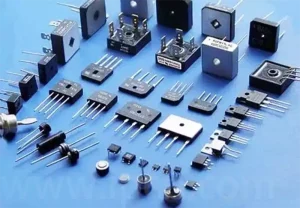
Methods for soldering electronic components to PCBs
In the manufacturing and repair of electronic products, soldering electronic components constitutes a fundamental and critical process. To ensure the proper functionality and long-term stability of circuit boards, strict adherence
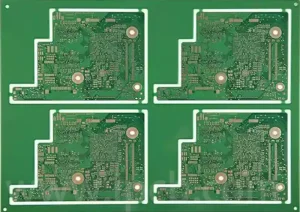
Rogers PCB Assembly Guide
Rogers PCB assembly is a core process in the manufacturing of modern high-performance electronic devices. This article aims to detail how, during Rogers PCB assembly, exceptional performance and reliability are
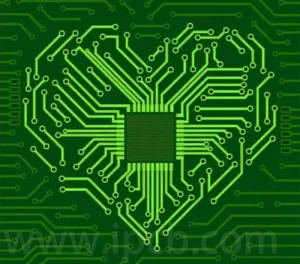
RO4000® Series High Frequency PCB Materials Applications
In the field of high frequency pcb circuit design, the quality of material properties directly determines signal transmission efficiency and stability. With the rapid advancement of technologies such as 5G